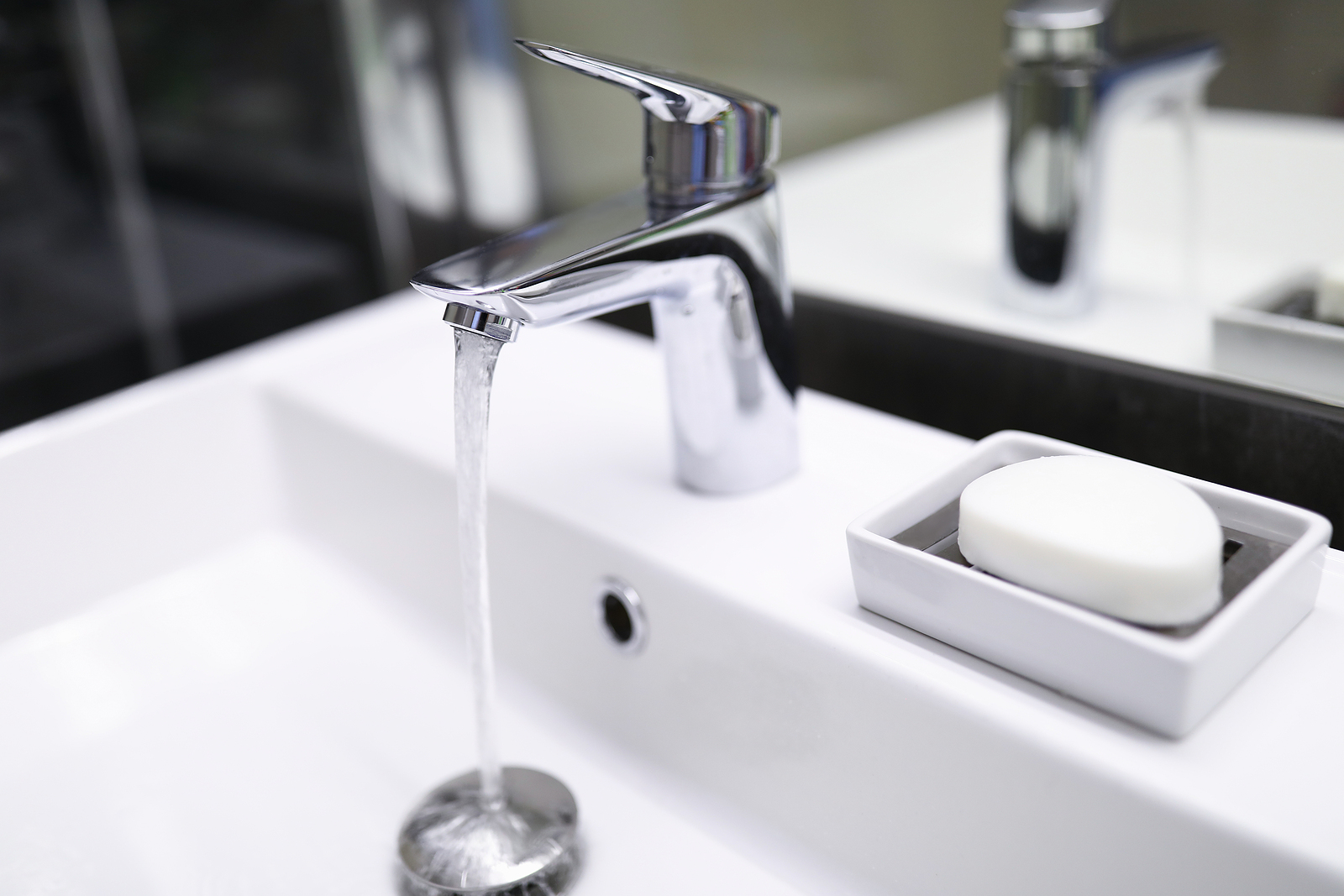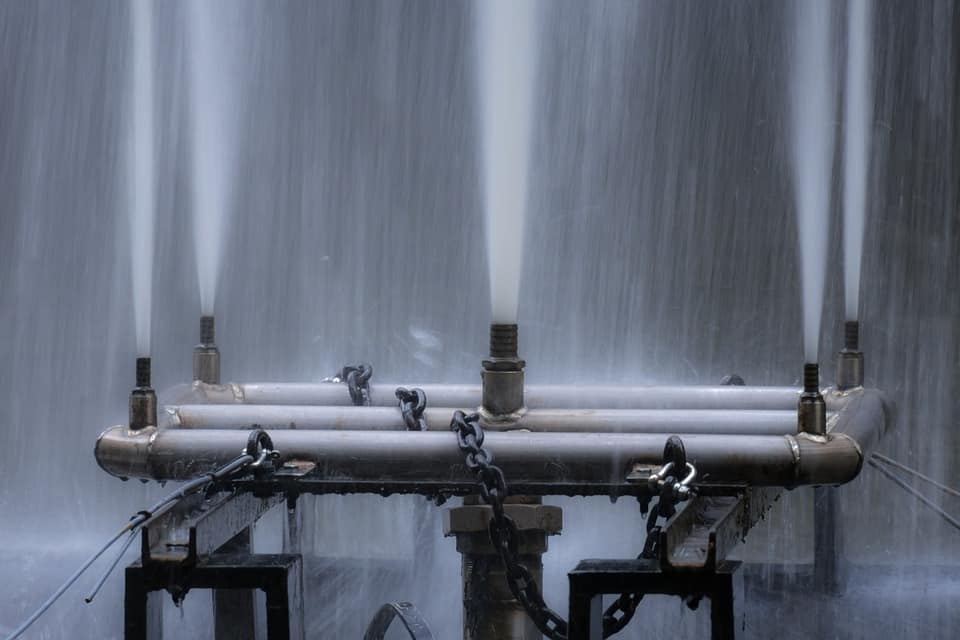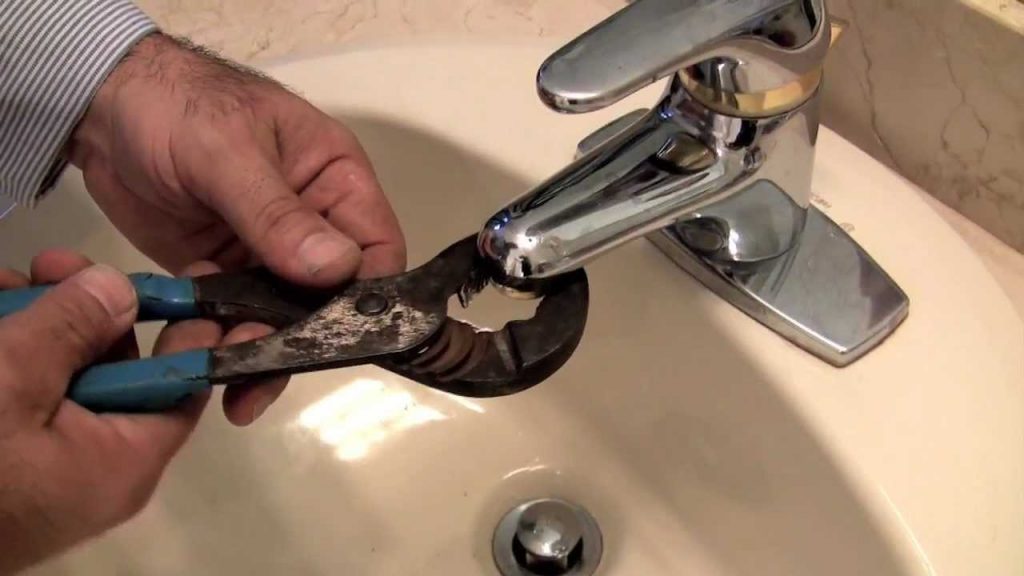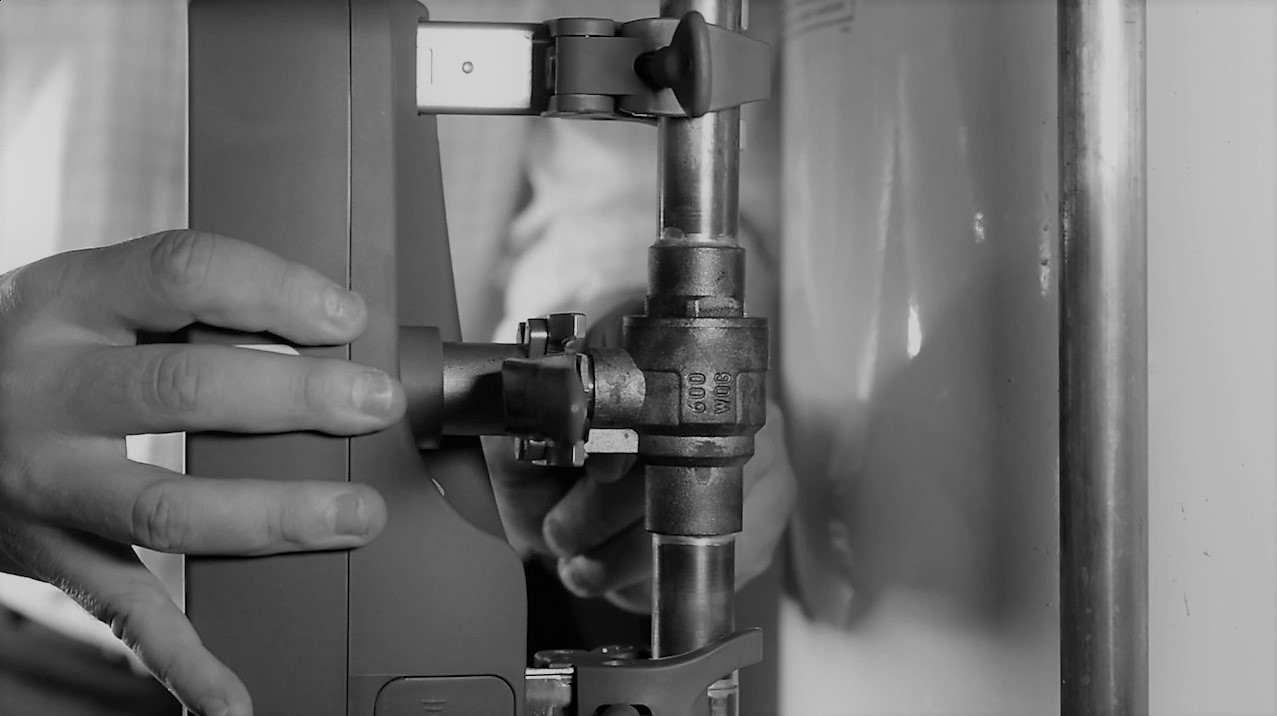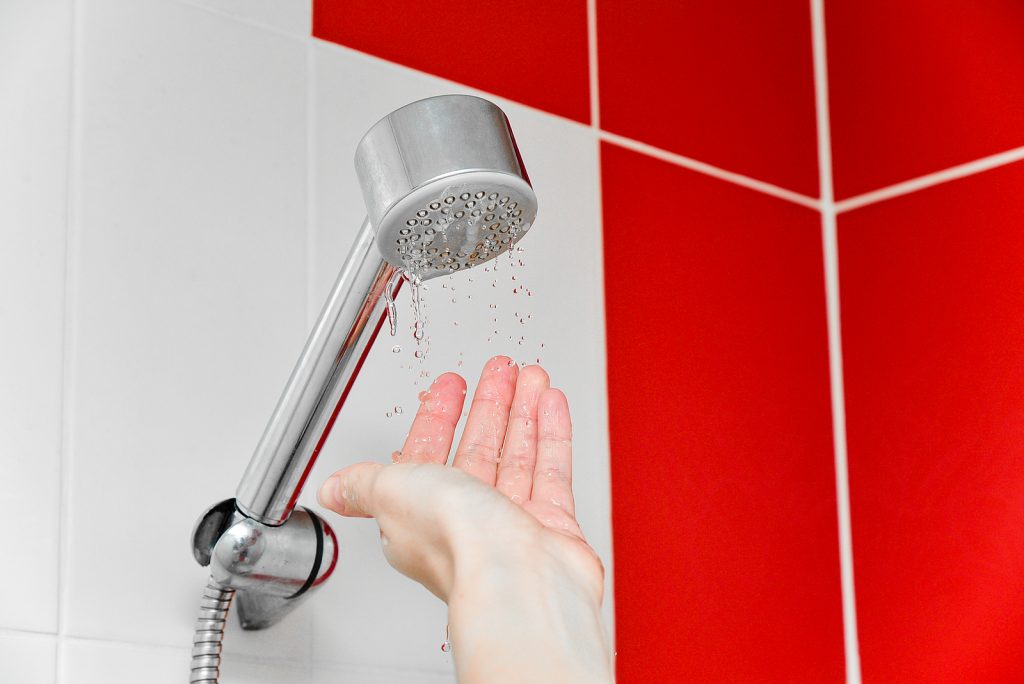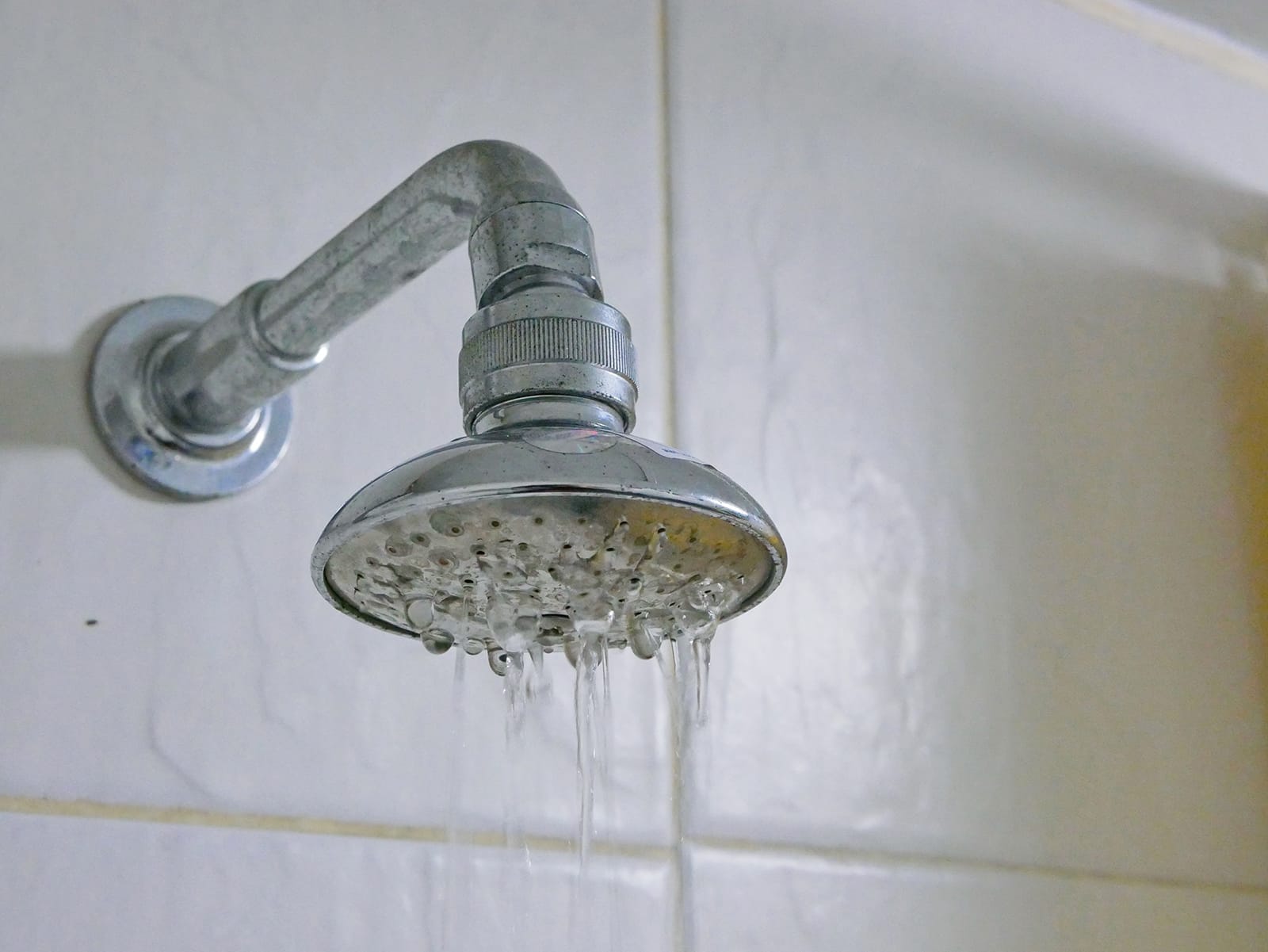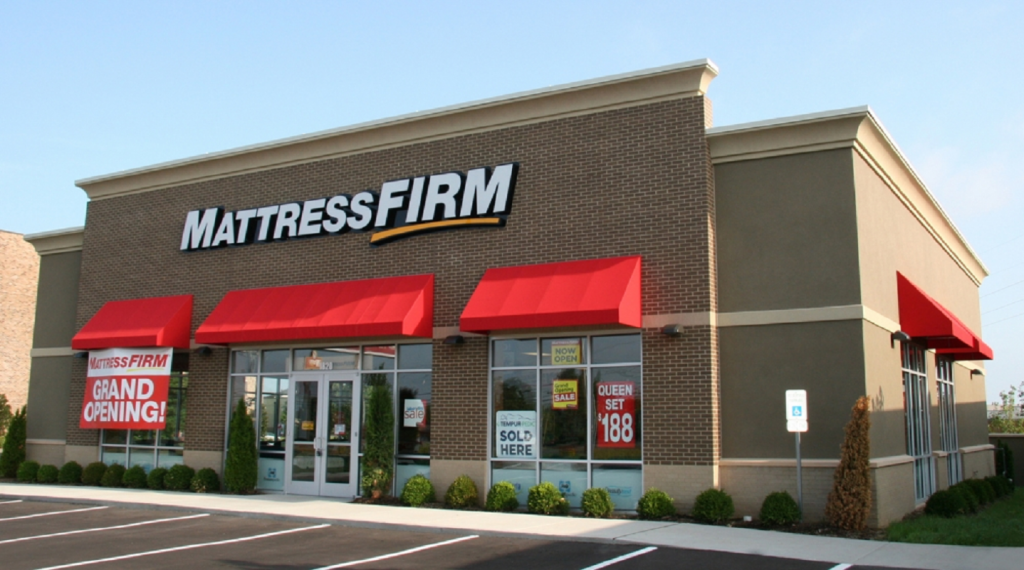Low water pressure in a bathroom sink can be a frustrating problem to deal with. Not only does it make simple tasks like washing your hands or brushing your teeth more difficult, but it can also be a sign of a larger plumbing issue. Fortunately, there are steps you can take to fix low water pressure in your bathroom sink and get it back to its normal flow. In this article, we will discuss some effective solutions to address this issue.How to Fix Low Water Pressure in a Bathroom Sink
Before jumping into potential solutions, it is important to troubleshoot and determine the cause of low water pressure in your bathroom sink. This will help you identify the appropriate solution and avoid wasting time and money on unnecessary fixes. Some common causes of low water pressure include clogged aerators, faulty valves, or a leak in the plumbing system. A thorough inspection can help pinpoint the root of the problem.How to Troubleshoot Low Water Pressure in a Bathroom Sink
One of the most frustrating situations is when water pressure in your bathroom sink suddenly drops without any warning. There are a few possible reasons for this sudden change. It could be due to a malfunctioning pressure regulator, a blockage in the water supply line, or a problem with the municipal water supply. If you notice a sudden decrease in water pressure, it is important to address it promptly to prevent further issues.Causes of Suddenly Low Water Pressure in a Bathroom Sink
If you have determined that the cause of low water pressure in your bathroom sink is not a major plumbing issue, there are a few simple steps you can take to increase the water flow. One option is to clean or replace the aerator, which is the small screen at the end of the faucet. Mineral deposits and debris can build up and restrict water flow, so cleaning or replacing the aerator can help improve water pressure. Another solution is to adjust the water pressure regulator, which controls the amount of water flowing into your home.How to Increase Water Pressure in a Bathroom Sink
There are a few common reasons for low water pressure in a bathroom sink. One of the most common causes is a clogged aerator, as mentioned earlier. Other potential causes include a faulty valve or a leak in the plumbing system. If the issue is isolated to only one sink, it is likely a problem with that particular fixture. However, if multiple sinks in your home are experiencing low water pressure, it may be a sign of a larger issue with your plumbing system.Common Reasons for Low Water Pressure in a Bathroom Sink
If you are handy and feel comfortable tackling the issue on your own, there are a few DIY solutions you can try to fix low water pressure in your bathroom sink. As mentioned earlier, cleaning or replacing the aerator can often resolve the issue. You can also try checking and adjusting the water pressure regulator, as well as checking for any visible leaks in the plumbing system. However, if you are unsure or uncomfortable with DIY repairs, it is best to leave it to a professional plumber.DIY Solutions for Low Water Pressure in a Bathroom Sink
If the DIY solutions do not work or if you are not comfortable attempting the repairs yourself, it is best to call a professional plumber. They have the expertise and tools to accurately diagnose and fix the issue. They can also provide maintenance tips to prevent future problems with low water pressure. It is important to choose a reputable and experienced plumber to ensure the problem is resolved correctly and efficiently.Professional Tips for Fixing Low Water Pressure in a Bathroom Sink
Identifying and fixing low water pressure in a bathroom sink can be a frustrating and time-consuming task. However, with the right knowledge and steps, you can successfully resolve the issue. It is important to troubleshoot and determine the cause of low water pressure and then choose the appropriate solution. Whether it is a DIY fix or a job for a professional plumber, addressing the issue promptly can save you from further headaches and potential damage to your plumbing system.How to Identify and Fix Low Water Pressure in a Bathroom Sink
If you have ruled out the common causes and DIY solutions for low water pressure in your bathroom sink, it may be a sign of a larger plumbing issue. Some possible issues that can cause low water pressure include a broken pressure regulator, a blockage in the water supply line, or a hidden leak in the plumbing system. These problems require the expertise of a professional plumber to properly diagnose and repair.Possible Plumbing Issues Causing Low Water Pressure in a Bathroom Sink
Prevention is always better than a cure, and this also applies to low water pressure in a bathroom sink. Regular maintenance can help prevent this issue from occurring in the first place. This includes cleaning the aerator regularly, checking and adjusting the water pressure regulator, and being mindful of any visible leaks or other plumbing issues. By taking care of your plumbing system, you can avoid the inconvenience and frustration of dealing with low water pressure.Preventing Low Water Pressure in a Bathroom Sink: Maintenance Tips
Bathroom Sink Water Pressure Suddenly Low: Causes and Solutions

What could be causing the sudden decrease in water pressure in your bathroom sink?
/close-up-of-overflowing-bathroom-sink-90201417-579787783df78ceb865822d8.jpg) If you've noticed a sudden decrease in water pressure in your bathroom sink, don't panic. This is a common issue that many homeowners experience and can usually be solved with a few simple steps. First, let's explore the possible causes of this problem.
If you've noticed a sudden decrease in water pressure in your bathroom sink, don't panic. This is a common issue that many homeowners experience and can usually be solved with a few simple steps. First, let's explore the possible causes of this problem.
Clogged Faucet Aerator
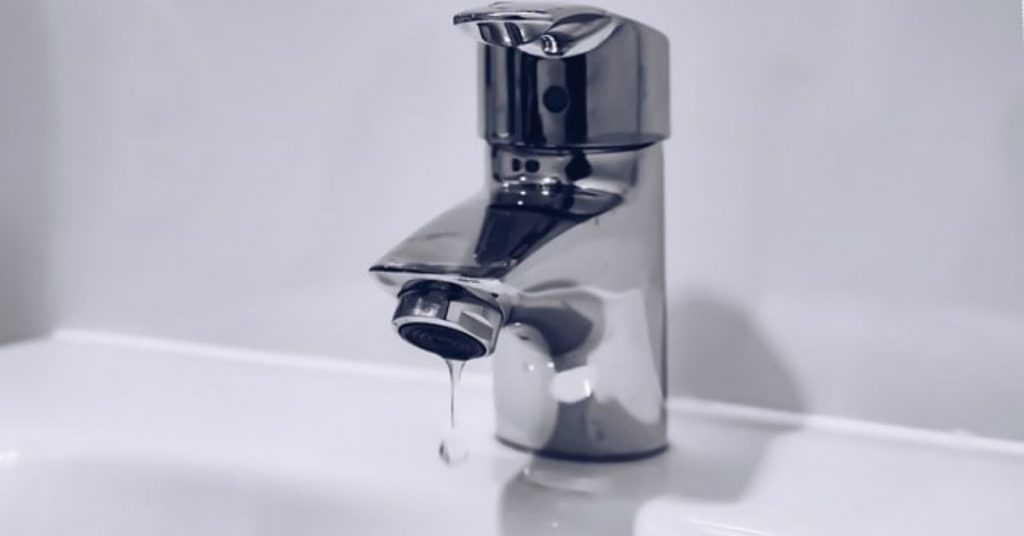 One of the most common culprits for low water pressure in a bathroom sink is a clogged faucet aerator. The aerator is a small mesh screen located at the end of the faucet that helps regulate the flow of water and prevent splashing. Over time, mineral deposits and debris can build up in the aerator, causing it to become clogged and restrict the water flow. To fix this, simply unscrew the aerator from the faucet and clean it with a vinegar solution or replace it with a new one.
One of the most common culprits for low water pressure in a bathroom sink is a clogged faucet aerator. The aerator is a small mesh screen located at the end of the faucet that helps regulate the flow of water and prevent splashing. Over time, mineral deposits and debris can build up in the aerator, causing it to become clogged and restrict the water flow. To fix this, simply unscrew the aerator from the faucet and clean it with a vinegar solution or replace it with a new one.
Blocked Water Supply Lines
 Another possible cause of low water pressure in your bathroom sink could be blocked water supply lines. These are the pipes that carry water from the main water line to your sink. Over time, sediment and debris can accumulate in these pipes, causing them to become clogged and restrict water flow. To solve this issue, you may need to call a plumber to clean out the supply lines or replace them if they are damaged.
Another possible cause of low water pressure in your bathroom sink could be blocked water supply lines. These are the pipes that carry water from the main water line to your sink. Over time, sediment and debris can accumulate in these pipes, causing them to become clogged and restrict water flow. To solve this issue, you may need to call a plumber to clean out the supply lines or replace them if they are damaged.
Malfunctioning Shut-Off Valves
 The shut-off valves under your bathroom sink control the flow of water to your sink. If these valves are not fully open or are malfunctioning, they can restrict the water flow and cause low water pressure. Check to make sure these valves are fully open and functioning properly. If not, you may need to replace them.
The shut-off valves under your bathroom sink control the flow of water to your sink. If these valves are not fully open or are malfunctioning, they can restrict the water flow and cause low water pressure. Check to make sure these valves are fully open and functioning properly. If not, you may need to replace them.
Water Pressure Regulator Issues
 If your home has a water pressure regulator, it could be the cause of your low water pressure. A water pressure regulator is a device that controls the water pressure coming into your home from the main water line. If it is not set correctly or is malfunctioning, it can cause low water pressure in your bathroom sink. Consult a plumber to check the regulator and make any necessary adjustments or replacements.
If your home has a water pressure regulator, it could be the cause of your low water pressure. A water pressure regulator is a device that controls the water pressure coming into your home from the main water line. If it is not set correctly or is malfunctioning, it can cause low water pressure in your bathroom sink. Consult a plumber to check the regulator and make any necessary adjustments or replacements.
Conclusion
 In conclusion, there are several possible causes of low water pressure in your bathroom sink. By checking and addressing these common issues, you can quickly solve the problem and restore proper water flow. If these solutions do not work, it may be a sign of a larger plumbing issue and you should consult a professional plumber for further assistance. Don't let low water pressure in your bathroom sink disrupt your daily routine – take action and fix the problem today.
In conclusion, there are several possible causes of low water pressure in your bathroom sink. By checking and addressing these common issues, you can quickly solve the problem and restore proper water flow. If these solutions do not work, it may be a sign of a larger plumbing issue and you should consult a professional plumber for further assistance. Don't let low water pressure in your bathroom sink disrupt your daily routine – take action and fix the problem today.




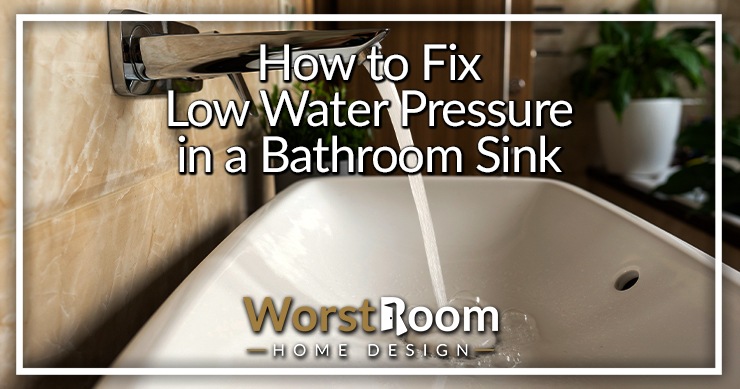

/low-water-pressure-2718732-05-99eb1816e88841c593aeeaaaf330085b.jpg)

























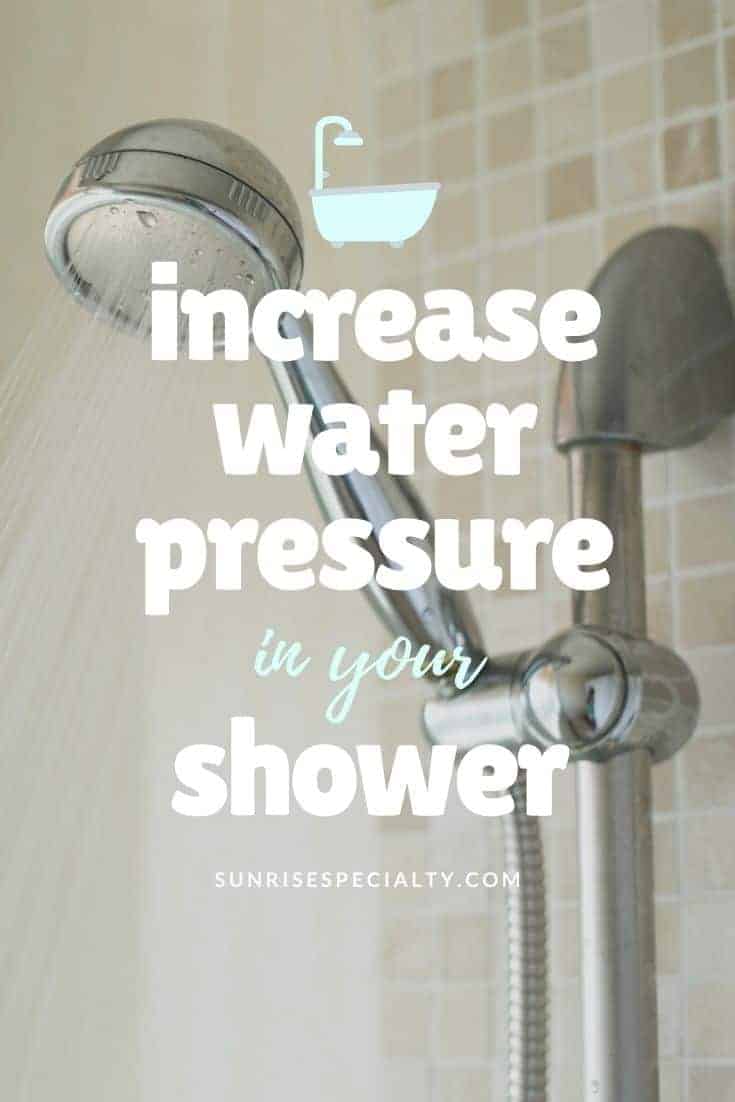
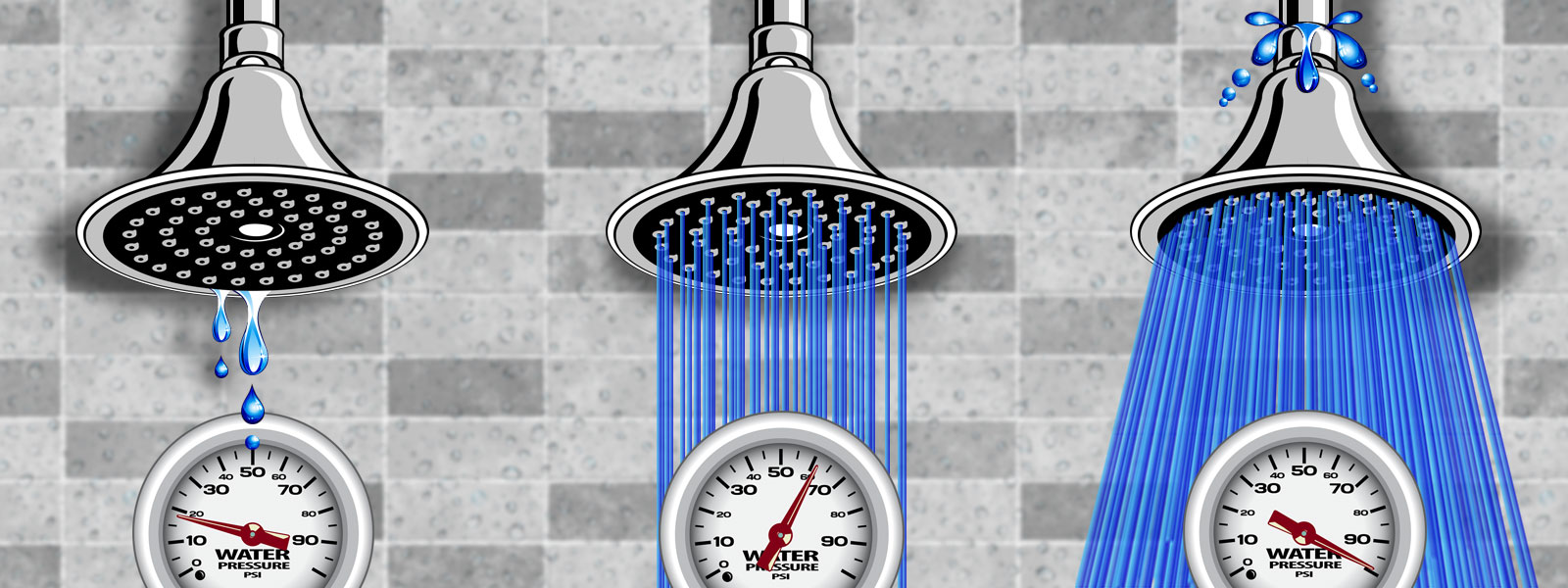

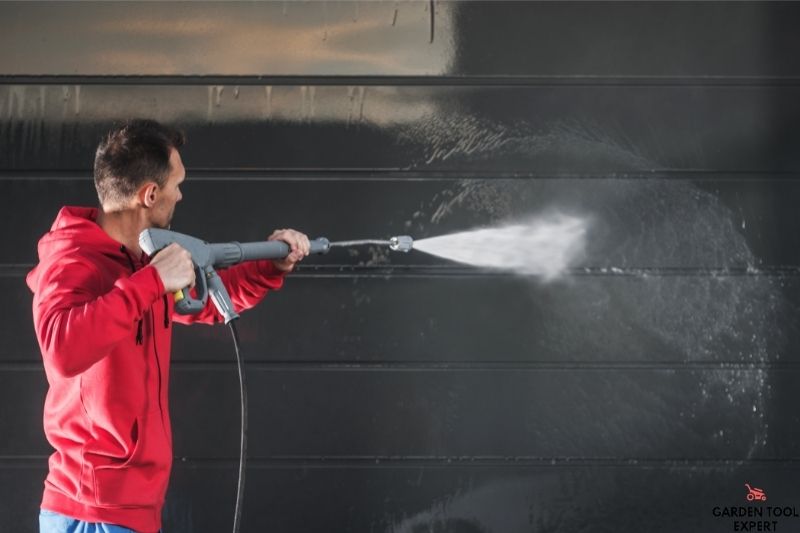
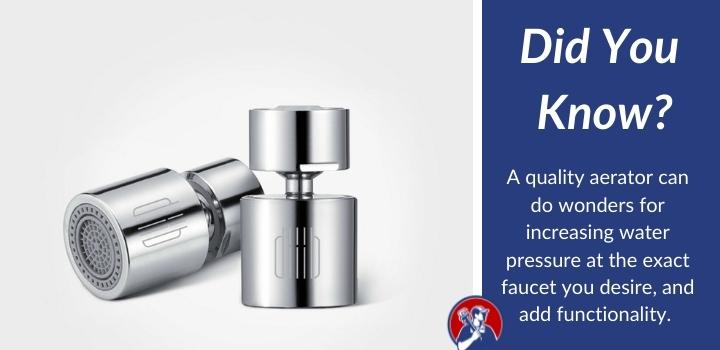
:max_bytes(150000):strip_icc()/increase-low-shower-pressure-4052359_FINAL_01-6ece340f72f74bf9ae59e4192b03c0bc.png)



